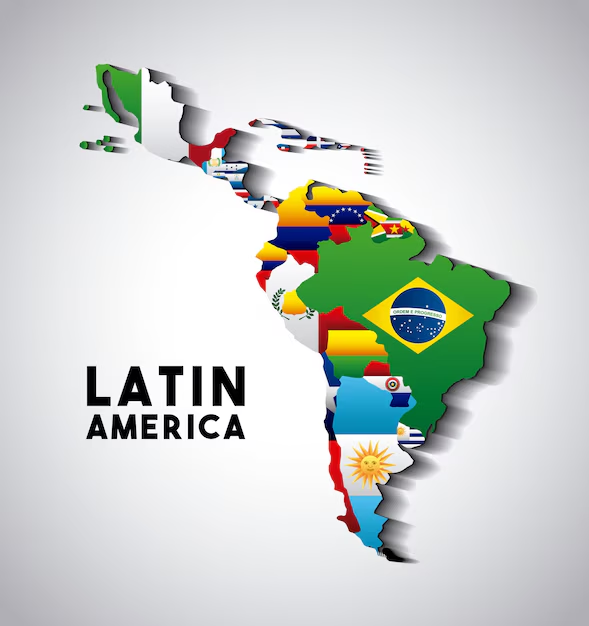Access to Clean Water and Sanitation: A Critical Analysis of Community Development Projects in South America
Access to potable water and adequate sanitation are fundamental human rights, integral to public health, economic productivity, and social equity (World Health Organization, various). This analysis examines the multifaceted challenges and innovative solutions related to water and sanitation access within South American communities, exploring the application of relevant development theories and models to achieve sustainable improvements. We will investigate the impact of water scarcity, analyze successful community-led initiatives, and propose strategies for enhanced policy and community engagement.
1. The Nexus of Water Scarcity and Socioeconomic Development: South America, despite its abundant water resources, experiences significant regional disparities in access. Climate change, coupled with rapid population growth and inefficient water management practices, exacerbates existing vulnerabilities. The resulting water scarcity disproportionately affects marginalized communities, hindering their economic prospects and exacerbating health inequalities. This aligns with the Environmental Kuznets Curve hypothesis, suggesting an initial positive correlation between economic growth and environmental degradation, which necessitates targeted interventions to mitigate these effects.
2. The Socioeconomic Impacts of Inadequate Sanitation: The lack of access to clean water and adequate sanitation systems has profound consequences on community health, education, and economic productivity. The increased incidence of waterborne diseases places a significant strain on healthcare systems and reduces workforce participation. Furthermore, the time burden, particularly on women and girls, who often bear the responsibility of water collection, limits their opportunities for education and economic empowerment. This aligns with the Capability Approach, which emphasizes the importance of removing barriers to human development, including access to basic resources.
3. Community-Based Solutions: A Sustainable Approach: Numerous community-led development projects across South America are implementing innovative and sustainable solutions. These initiatives often leverage participatory approaches, such as the Participatory Rural Appraisal (PRA) methodology, to ensure local ownership and engagement. By incorporating local knowledge and prioritizing community needs, these projects enhance the likelihood of long-term success and sustainability.
4. Technological Interventions: Rainwater Harvesting and Water Treatment: Technological advancements play a crucial role in addressing water scarcity. Rainwater harvesting systems, for example, offer a decentralized and sustainable approach to water provision, particularly in areas with unpredictable rainfall patterns. Similarly, the implementation of point-of-use water treatment technologies, such as filtration and purification systems, can significantly reduce the risk of waterborne diseases. This application aligns with the principles of appropriate technology, prioritizing solutions that are contextually relevant and culturally sensitive.
5. Strengthening Sanitation Infrastructure: A Multi-faceted Approach: Improving sanitation infrastructure is equally critical. This involves constructing latrines, developing efficient sewage systems, and building wastewater treatment plants. The application of the Sustainable Sanitation and Water Management (SSWM) principles guides the holistic design and implementation of sanitation systems, minimizing environmental impact and promoting community health. This often involves integrating greywater recycling and promoting sanitation behaviors.
6. Education, Awareness, and Capacity Building: A Foundation for Sustainability: Community education and awareness campaigns are indispensable for long-term success. These initiatives focus on promoting hygiene practices, water conservation techniques, and responsible sanitation behaviors. Furthermore, capacity building initiatives empower communities to manage their water and sanitation resources independently, fostering self-reliance and sustainability. This relates to the concept of social capital – strong community ties can facilitate collaborative management of resources.
7. Fostering Partnerships and Collaboration: A Synergistic Approach: Effective collaborations between governments, NGOs, and local communities are essential for achieving sustainable outcomes. These partnerships enable resource mobilization, expertise sharing, and the implementation of comprehensive strategies. The utilization of a stakeholder engagement framework ensures the consideration of diverse perspectives and promotes ownership across all levels.
8. Policy Advocacy and Institutional Reform: Catalyzing Systemic Change: Advocacy for policy reforms at national and regional levels is crucial to create enabling environments for sustainable water and sanitation access. This includes advocating for policies that promote equitable resource allocation, incentivize investment in infrastructure, and strengthen regulatory frameworks. This approach aligns with the principles of good governance and policy coherence.
Conclusions and Recommendations
Addressing the challenges of water scarcity and inadequate sanitation in South America demands a multi-pronged approach integrating technological interventions, community-based solutions, policy reforms, and strong partnerships. Successful initiatives demonstrate the efficacy of participatory development models, highlighting the importance of local ownership and engagement. Future research should focus on developing robust monitoring and evaluation frameworks to assess the long-term impact of interventions, as well as investigating the effectiveness of different incentive mechanisms to promote water conservation and sanitation behaviors. Further research is also needed into the long-term impacts of climate change on water resources and the adaptation strategies required to enhance community resilience. Strengthening institutional capacity for water resource management and sanitation services is equally important. The adoption of integrated water resource management (IWRM) principles can promote sustainable and equitable water allocation across various sectors.
Reader Pool: Considering the complex interplay of factors affecting access to clean water and sanitation in South America, what innovative strategies, beyond those discussed, could be implemented to ensure equitable and sustainable access for all communities?



